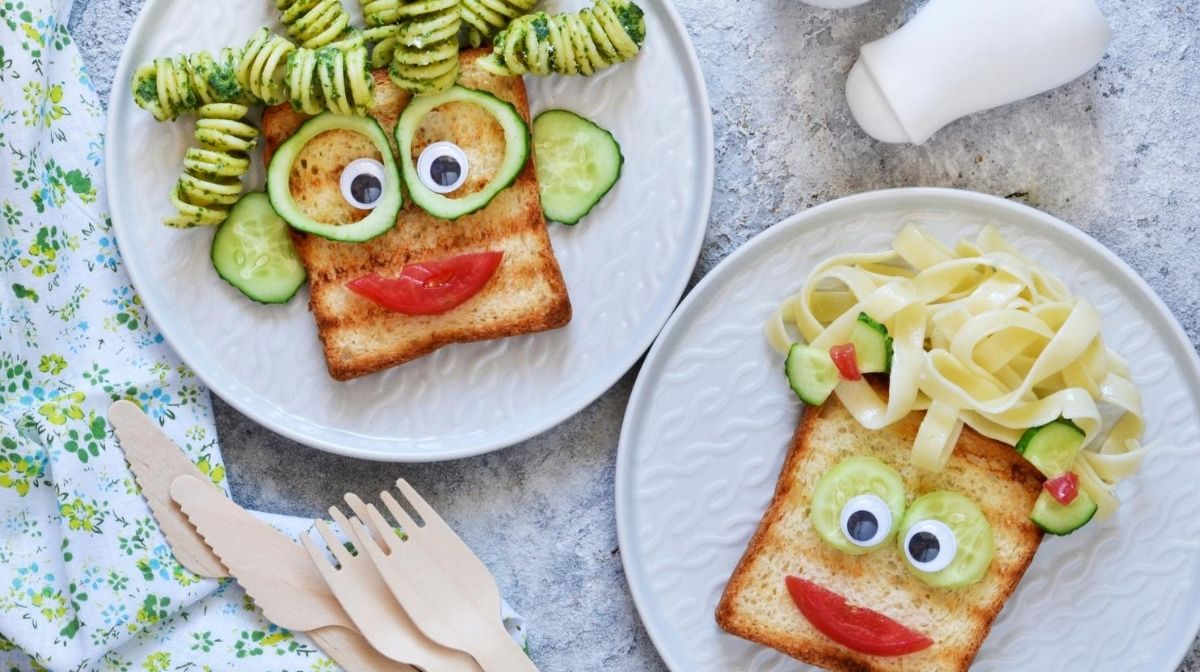Fussy eating can be a notorious battle between parent and child. It’s extremely common for children to go through a phase where their relationship with food is pretty anxious and unwilling, but most kids will grow out of this quite quickly.
If your child is consistently turning down most foods and will only eat a select few meals, looking at some new ways of encouraging a healthier relationship between your child and food could really help.

Family mealtimes should be seen as enjoyable and nutritious rather than a dreaded part of the day, so finding foods that your child likes is crucial.
If fussy eating goes on for too long, it can lead to a lack of nutrition, as your child won’t be getting the vitamins from food that they need for their bodies need to grow and develop healthily. Not addressing this issue can lead to inadequate nutrition levels, poor diet and unnecessary hassle for both you and your child.
There are so many different ways picky eating can be approached, but where should you start and which should you use?
Introducing New Foods
It may sound like the most obvious solution or one you’ve tried countless times, but introducing new foods successfully is all about the way you approach it. The earlier you can introduce this tactic, the better. But don’t panic if your child is slightly older – it can still work just as well with them.
While your child may only be interested in a handful of foods, going down the easy route and caving in and only letting them eat those meals will most likely increase their fussiness.

It’s so important for your child to maintain a healthy, balanced diet, and this can be encouraged by offering different meals each day, with a variety of different foods and flavours.
Your child may still persist, but small changes to their daily food routine, such as reduced snacking, will simply make them hungry enough to eat whatever is in front of them. This will therefore make them more likely to eat the new foods you’re trying to introduce.
If they turn their nose up at something new, another tactic is to leave the food on their plate and come back to it in an hour or so, when they’re likely to be hungrier and more willing to give it a try.
Show Them That Food Can Be Fun
The mindset of a fussy eater is that food doesn’t taste nice, is boring, and is effort to consume. Changing your child’s perspective on food can make all the difference when it comes to mealtimes. Why not make it a fun, enjoyable experience for both you and your child?
Involving your child in the cooking and preparation process can make food much more enjoyable for them. Even if it’s just small things, like helping crack an egg or getting the ingredients out of the fridge can help to stimulate your child’s appetite. When you put the food in front of them and they know it’s partially their own work, it can automatically become more exciting for them.
Also, don’t hesitate to bump up the presentation skills. Investing in some fun food cutters for sandwiches or animal and lettered shaped foods will make the overall dish much more appealing to a younger person. There’s no harm in making a plate as colourful as possible. Adding bright fruit and veg to a neutral meal makes it look more appetising, which could make your child more likely to eat it.

Serve Smaller Portions
When faced with new or unfamiliar foods, your child can easily feel overwhelmed by what’s in front of them. A smaller portion of food can seem less daunting and encourage them to try it as it’s ‘only a little bit’.
What’s more, plating up less food means you’ll waste less and save more. If you’re presenting your child with a new meal and they decide they don’t want or like it, then food can become wasted and simply end up in the bin – smaller portions can help you to avoid this.
Try a Different Approach to Veggies
Making a big deal out of vegetables and constantly telling your child that they’re ‘healthy’ and ‘yummy’ could actually make them think that they’re not. If you make less of a fuss over them, your child is more likely to show an interest – it’s a bit of reverse psychology.
Vegetables contain healthy nutrients, so if you’re worried that your child isn’t getting the vitamins they need from their veggies, then you can always try supplements.
How to Find the Right Supplements for Your Child
If your child is especially fussy and you’re concerned they’re not getting the nutrients needed for their growth, then supplements could help to put your mind at rest.
At Garden of Life, we’ve got a range of kid-friendly vitamins that can help to support their growth and development. Vitamin D3 and vitamin C are especially important for children to consume. Vitamin C can help to contribute to normal function of the immune system and reduce tiredness, while vitamin D3 helps to promote calcium absorption for healthier bones.
Our Microbiome Organic Kids’ Chewables are made with both vitamin C and D, and are designed to help boost energy and promote immune function.

